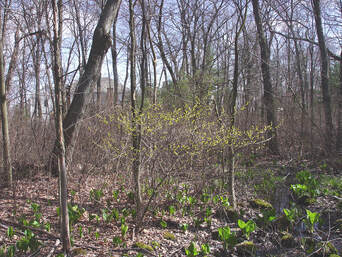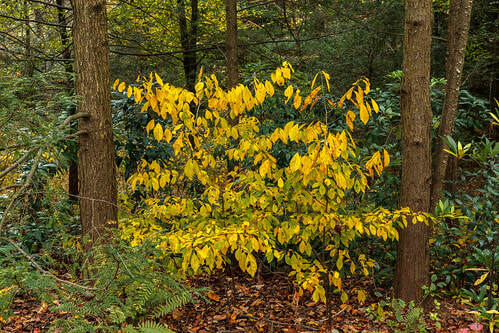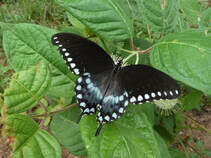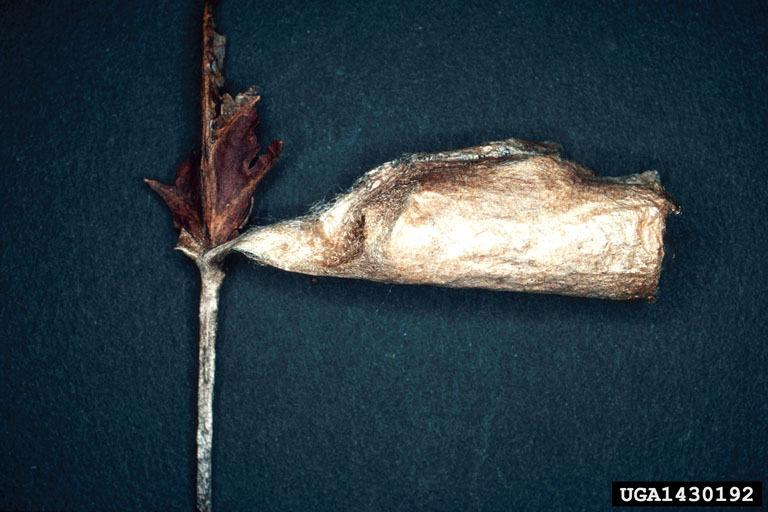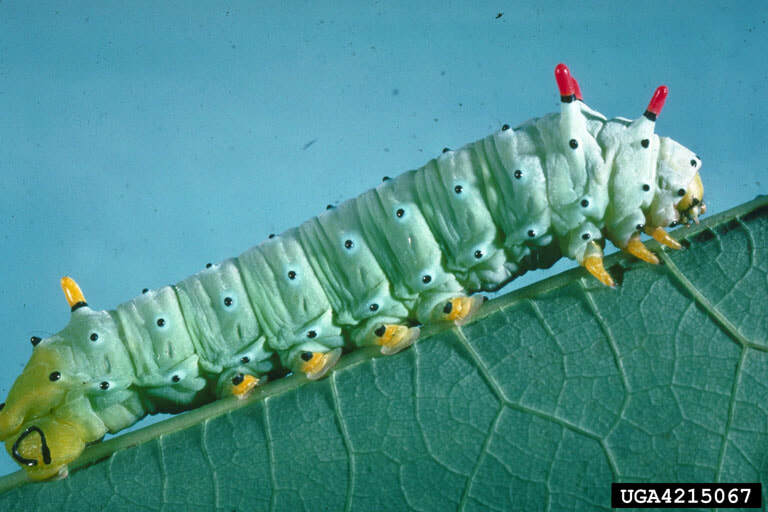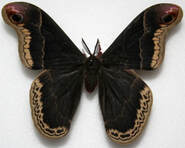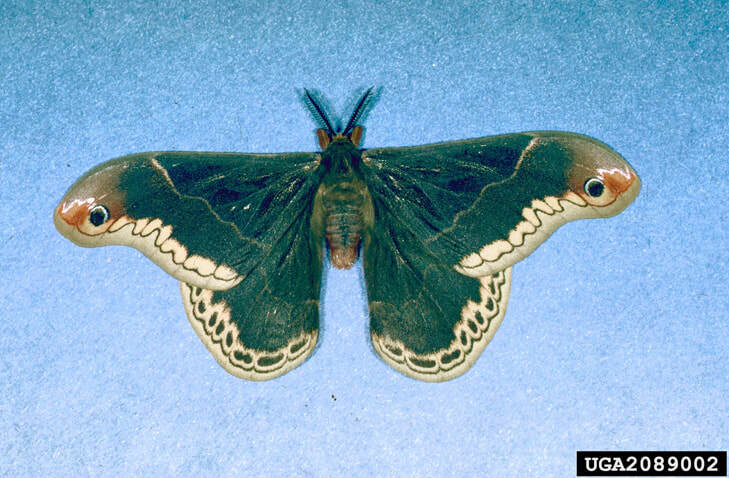Lindera benzoin
Genus name honors Johann Linder (1676-1723), a Swedish botanist and physician.
Specific epithet comes from the Arabic vernacular word meaning aromatic gum.
Genus name honors Johann Linder (1676-1723), a Swedish botanist and physician.
Specific epithet comes from the Arabic vernacular word meaning aromatic gum.
Growth form
Spicebush, grown in the dappled shade of an understory, exhibits a graceful, loose form. In full sun it becomes more full and dense
Spicebush, grown in the dappled shade of an understory, exhibits a graceful, loose form. In full sun it becomes more full and dense
Clusters of bright yellow flowers are some of the first splashes of color - and available nectar for pollinators - in March and April. Spicebush is dioecious, with spearate male and female plants, and planting both will be required for pollination and fruiting. Abundant insects attract insectivorous birds.
The rich, green foliage of summer gives way to a glorious golden display in the fall, brilliantly advertising the ripe, ruby red drupes which serve as a favored food source for robin, veery, bluebird, catbird, red-eyed vireo, hermit thrush and wood thrush
Spicebush is one of the few host plants for Papilio troilus, the spicebush swallowtail (above), and for Callosamia promethea, the spicbush silkmoth.
Spicebush swallowtail overwinter as pupae in their chrysalis, so don't remove all of the leaf litter!
Spicebush swallowtail overwinter as pupae in their chrysalis, so don't remove all of the leaf litter!
Callosamia promethea
promethea silkmoth
promethea silkmoth
The list of reasons to plant spicebush goes on, and includes:
- deer resistant
- accepts sun or shade
- tolerates a variety of soils including clay
- easy to prune or shape
- tolerates black walnut
- fragrant
